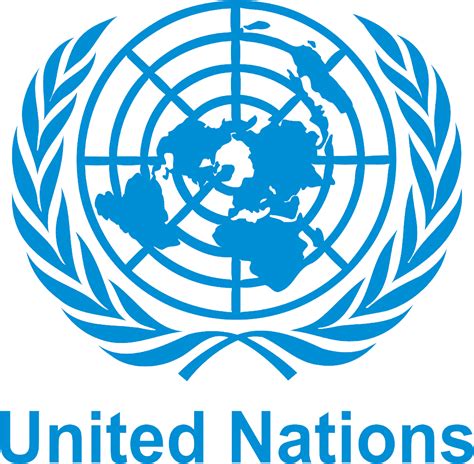What the United Nations TV commercial - Dont Choose Extinction is about.
The United Nations TV Spot, 'Don't Choose Extinction,' is a powerful and thought-provoking video that aims to raise awareness on the urgent need to take action against climate change and protect the planet for future generations.
Opening with a shot of a desert landscape, the video quickly shifts to a series of images showing the impact of climate change across the world, including melting glaciers, rising sea levels, and devastated land. The narrator's voice urges viewers not to choose extinction, and instead, take action to protect the planet.
The visuals are beautifully shot and serve to illustrate just how dire the climate crisis has become. The ominous tone of the narrator's voice adds to the urgency of the situation and makes it clear that this is a crisis that affects us all.
The video is not just an appeal to people's emotions, but it is also a call to action. It encourages people to think about the choices they make, to embrace more sustainable practices and to demand politicians and businesses to act on the climate crisis.
In conclusion, 'Don't Choose Extinction' is a powerful video that highlights the need for immediate action on climate change. It is a powerful reminder that we all have a role to play in protecting the planet and ensuring a better future for generations to come. The time to act is now, and we must do everything in our power to ensure that our planet remains habitable for future generations.
United Nations TV commercial - Dont Choose Extinction produced for
United Nations
was first shown on television on December 6, 2021.
Frequently Asked Questions about united nations tv spot, 'don't choose extinction
UNDP's 'Don't Choose Extinction' campaign and film shines a spotlight on fossil fuel subsidies and their negative impact on the planet. Last year, US$423 billion was used in direct subsidies with 80 percent of those going to the manufactures.
Human extinction is the hypothetical end of the human species due to either natural causes such as population decline from sub-replacement fertility, an asteroid impact, large-scale volcanism, or via anthropogenic (self-extinction) destruction.
We've argued that climate change is very, very unlikely to directly cause human extinction. But climate change seems to contribute to the risk of human extinction anyway, by making other existential threats worse.
In a video released on social media ahead of this year's U.N. climate change summit, a computer-generated dinosaur bursts into the U.N.'s famous General Assembly hall in New York to tell world diplomats that “going extinct is a bad thing.”
In the operant conditioning paradigm, extinction refers to the process of no longer providing the reinforcement that has been maintaining a behavior. Operant extinction differs from forgetting in that the latter refers to a decrease in the strength of a behavior over time when it has not been emitted.
Extinction rates are accelerating
The main modern causes of extinction are the loss and degradation of habitat (mainly deforestation), over exploitation (hunting, overfishing), invasive species, climate change, and nitrogen pollution.
Judging from the fossil record, the baseline extinction rate is about one species per every one million species per year.
The Holocene extinction is also known as the "sixth extinction", as it is possibly the sixth mass extinction event, after the Ordovician–Silurian extinction events, the Late Devonian extinction, the Permian–Triassic extinction event, the Triassic–Jurassic extinction event, and the Cretaceous–Paleogene extinction event.
In fact, scientists predict that if we keep going along our current greenhouse gas emissions trajectory, climate change will cause more than a third of the Earth's animal and plant species to face extinction by 2050 - and up to 70 percent by the end of the century.
Robots and automation would be ubiquitous in many industries, from manufacturing to healthcare to transportation. This could lead to a world where many jobs are automated, but also a world where people are freed up to pursue more creative and fulfilling work.
The Indominus Rex is a man-made hybrid dinosaur. It was created with the DNA of other species of theropod dinosaurs (which include Carnotaurus, Giganotosaurus, Majungasurus, Rugops, Therizinosaurus, Velociraptor and Tyrannosaurus Rex), as well as modern animals such as cuttlefish, tree dart frog and pit viper.
A court case ensued and Peter Larson, who excavated the dinosaur, was sent to federal prison for two years. The dinosaur ended up being sold at auction for millions of dollars and is now displayed in the Field Museum of Chicago.













